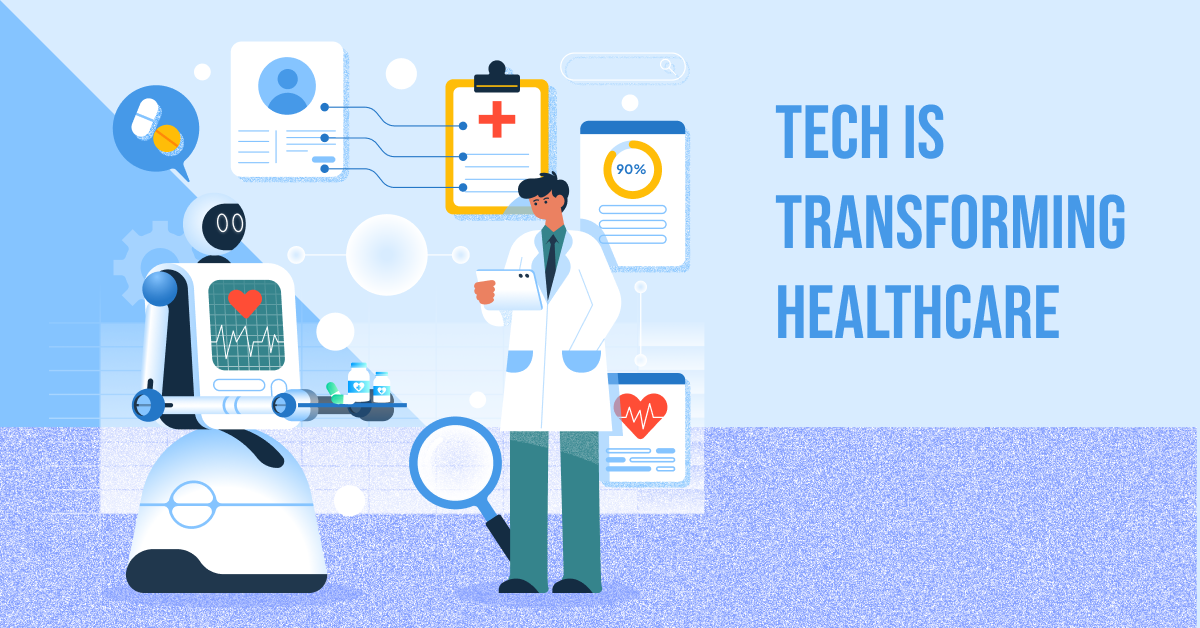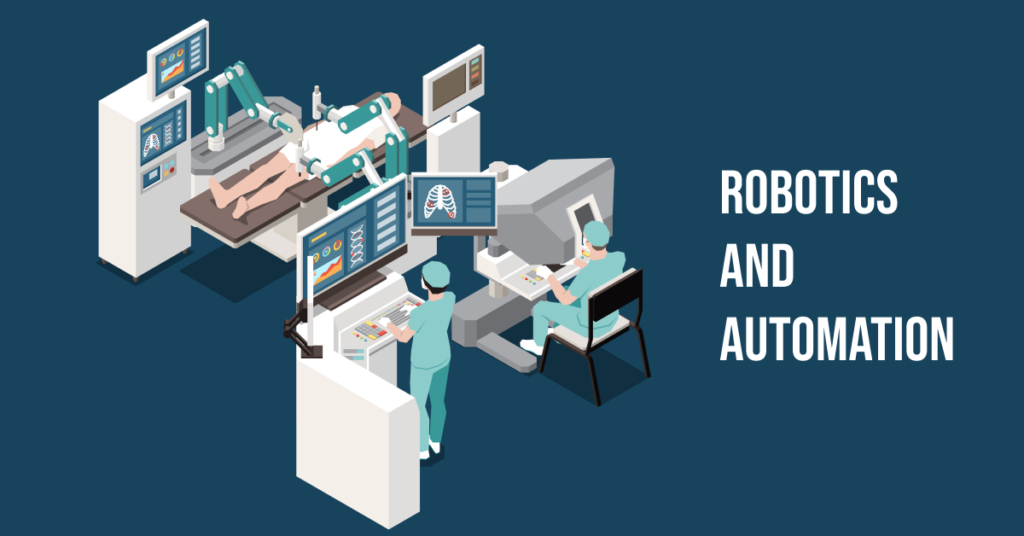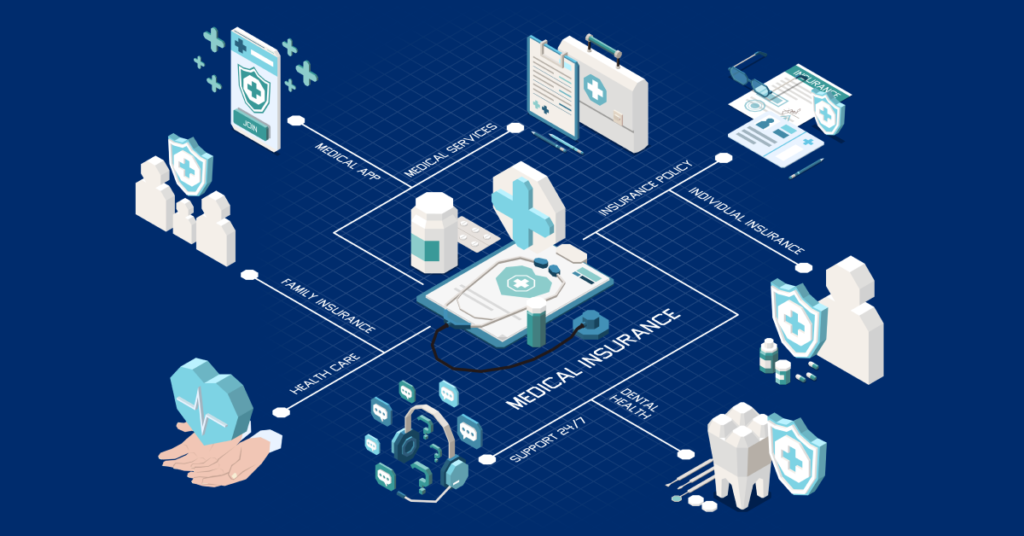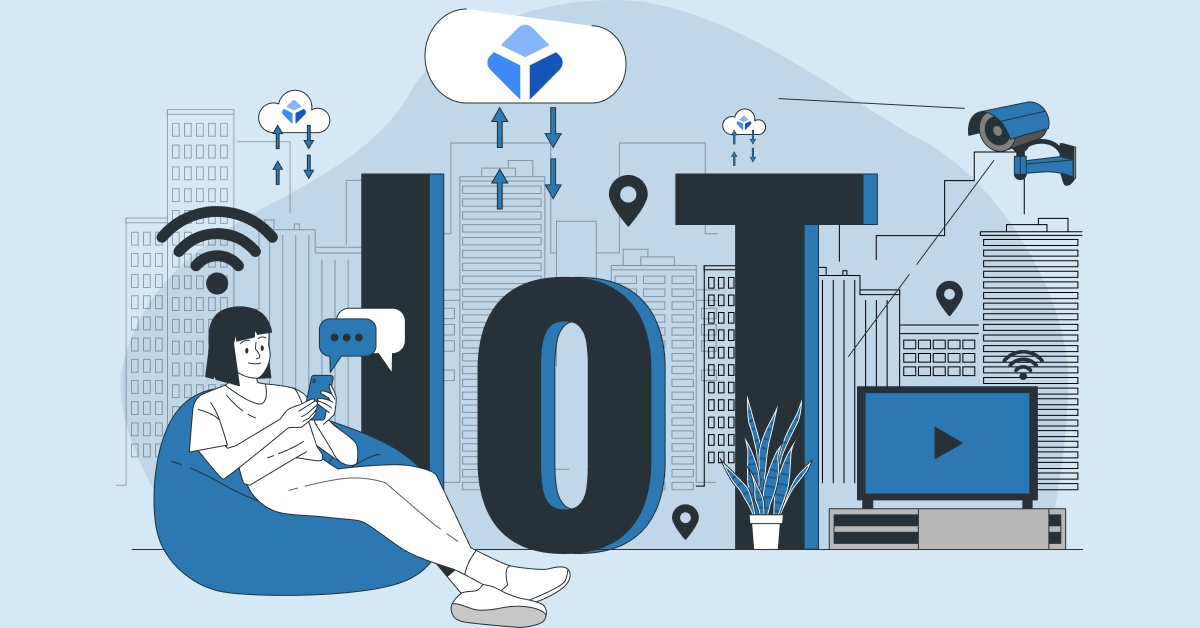How Tech is Transforming Healthcare: Latest Innovations

How Tech is Transforming Healthcare: Latest Innovations
-
By Shamsher Singh Bhullar
-
26th March 2024
The intertwining of healthcare and technology is ready to expand the horizons of the industry. The health tech market is coming up with new innovations every day that can transform the entire existence of mankind.
The global healthcare industry is expected to grow at a Compound Annual Growth Rate (CAGR) of 8.27% and reach $21.06 trillion by 2030. These numbers vouch for tech’s growing dominance in the industry.
In 2024, the healthcare landscape is evolving rapidly, and tech is revolutionizing every facet related to the healthcare domain. This blog encapsulates the latest innovations and new tech in healthcare that have the capability to revolutionize the world.
What are Health Tech Innovations?
No industry has been left untouched by recent abrupt innovations in the technology landscape, and healthcare is no exception. The term ‘health tech’ emphasizes the importance of technological innovations in healthcare.
Whether integrating AR and VR to aid medical professionals with real-time patient information or implementing the Internet of Medical Things (IoMT), the healthcare industry is ready to witness groundbreaking innovations at the intersection of healthcare and technology.
The goal of the tech innovations is to improve medical implementations, leverage medical data for technical advancements, research for the diagnosis of various diseases, and improve the quality of patient care.
Exploring Groundbreaking Innovations in Health Tech
Let’s explore some of the most state-of-the-art and pioneering innovations in the health tech industry.
1. Telemedicine
You must be wondering what telemedicine is in healthcare. According to WHO, half of the globe’s population does not have access to medical facilities. In the face of such adversities, telemedicine is a revolutionary technology. It refers to remotely accessing interactions with healthcare professionals, even living in another corner of the world.
This technology has transcended the physical barriers as patients can be diagnosed remotely. This health tech application was extremely helpful during the pandemic.
2. Internet of Medical Things (IoMT)
Internet of Medical Things (IoMT) refers to a collection of devices and applications that can be deployed through WiFi. It is a part of the Internet of Things (IoT) technology.
This connection allows machine-to-machine communication to carry out various tasks, such as performing surgeries, tracking patient medication orders, leveraging Remote Patient Monitoring (RPM) to care for patients with chronic diseases, consolidating patient data from wearable devices, and much more.
It is because of IoMT that the concept of telemedicine has been brought to life.
3. 3D Bioprinting
3D printing in healthcare is opening the doorway to a more specified methodology for treating patients. For example, the technology has allowed the creation of lightweight prosthetics, casts, and bionics for treating patients’ body fractures.
In fact, the volume of 3D bioprinting opportunities is estimated to cross $6 billion by 2027. Another important application of 3D bioprinting is that medical professionals can make bio-compatible implants using this technology.
Some other prominent advantages of 3D printing are as follows:
- Customized bionic prosthetics for knees, skull, etc.
- Synthesis of high-grade implant materials.
- 3D-printable life-saving implants for neurological and cardiovascular patients.
- Reduction in the cost of prosthetics, implants, and bionics, thus making them more economical.
4. Robotics and Automation

There is a massive gap in the availability of healthcare workers in the market. This is where the role of robotics and automation is becoming indispensable. The technology is an excellent method to save time by automating repetitive tasks.
Some of the notable applications of robotics are mentioned as follows:
- Robotics and automation technology can automate tasks such as logging patients’ information and vitals.
- It can also be used in keeping a historical record of their medical history, managing insurance claims, and much more.
- For instance, service robots can help the clinical staff deliver supplies and medications, assist in carrying out surgeries, and follow instructions for completing trivial tasks.
5. Health Wearables
Health wearables are another budding segment in the health tech industry. One great example of a health wearable is the Apple Watch, which allows you to monitor your vitals, such as pulse rate, cardiovascular activity, steps, sleep cycle, menstrual cycle, etc. Yet, this is just the beginning.
These wearable devices use biosensors and digital biomarkers that monitor the user’s data consistently. When they find unusual data, they instantly indicate the user. The latest GWI data indicates that 3 out of 10 working-age Internet users own “smart wrist” devices.
Some other wearable devices apart from smartwatches include smart hearing ads and bio patches. The bio patch technology is revolutionary as it does not require an individual to wear any smartwatch to monitor the vitals.
6. Personalized Medicine
The concept of personalized diagnosis and medicine is touching new horizons. Artificial Intelligence (AI) and machine learning technologies have enabled life-changing innovations in healthcare. These technologies have allowed the creation of precision medicine by examining patients’ genomic makeup and molecular profiles.
Because of this transformative technology, patients can be treated with personalized medicines and treatments based on their family history, genetic makeup, immunity levels, etc. The health tech industry is also leveraging the power of prediction models to synthesize personalized medicines based on genetics, biomarkers, demographics, and drug levels.
Therefore, personalized medicine is a revolutionary emerging tech in healthcare that allows for catering to the varying factors that affect patients and offering them personalized treatments.
7. Nanotechnology
Nanotechnology is gaining rapid traction in the health tech industry and is indeed a new tech in healthcare. The nanotech has reached a market value of a staggering $ 68 billion in 2023 and is expected to reach $183.7 billion by 2028, growing at a compound annual growth rate (CAGR) of 22.0%.
The technology has two major applications in the healthcare industry. Let’s take a look at the major applications.
- Nanotech devices
The first application is the miniaturization of electronic components to develop more efficient and powerful devices. For example, nanosensors can detect proteins, DNA, or any other small particles binding with proteins for disease diagnosis, drug discovery, and genetic screening.
- Nanomedicine
Another important application of nanotechnology is nanomedicine. As the name suggests, nanomedicine refers to nano-sized particles that can be absorbed easily by the human bloodstream because of their small molecular size. This technology enhances drug efficacy and accelerates healing. Technology in healthcare is transforming the industry from effective drug delivery to regenerative medicine. It has also improved vaccine efficiency.
8. Blockchain

Known for its high fidelity and security, blockchain technology has also made its way into the healthcare industry. The technology can be used to maintain tamper-proof electronic medical record (EMR) management systems and FHIRChain (Fast Health Interoperability Records) that cannot be hacked because of end-to-end encrypted blocks. The FHIRChain can be used to share clinical data across the globe.
Healthcare networks can also collaborate seamlessly because of blockchain technology without hampering security. Another useful application of blockchain technology is the use of smart contracts in handling counterfeiting of drugs, including sharing, storing, and accessing biomedical data.
Also, check: How Blockchain is Transforming the Healthcare Industry?
9. Artificial Intelligence
Another groundbreaking technology in healthcare is the intervention of Artificial Intelligence (AI) in the health tech industry innovations. AI can save lives and improve the healthcare of millions of patients across the globe. It can make hospitals more efficient and improve access to healthcare by offering accurate decision-making tools.
One of the most revolutionary applications of AI in healthcare is cancer diagnosis. An AI model can be fed data about a patient’s blood tests, X-ray images of the suspected lesions, and genetic information retrieved from a tissue biopsy.
As Navid Toosi Saidy, PhD in Biomedical Engineering and Medical Device Development, says,
“The trained AI model can rapidly consolidate this information and provide highly accurate predictions of the patient’s diagnosis, treatment options more likely to succeed, and as well as the prognosis.”
AI can also be used to make predictions by analyzing a patient’s health history and genomic structure.
Bottom Line
The intervention of technology in healthcare expedites the process of patient disease diagnosis, analyzes genomic history, and introduces revolutionary treatments with high success rates. With the arrival of technology in healthcare, the world is entering another dimension.
From Artificial Intelligence to nanotechnology, healthcare professionals are leveraging the technology for a better tomorrow.
FAQs:
What are the latest trends in healthcare?
One of the latest trends in the healthcare industry is the utility of Artificial Intelligence (AI) and machine learning. These technologies are transforming the healthcare landscape, especially in cancer diagnosis. Another emerging tech in healthcare is nanotechnology, which has sophisticated applications in creating nanomedicines.
What are some of the top innovations in healthcare?
Some of the best tech innovations in healthcare include 3D bioprinting of prosthetics, wearable devices such as smartwatches and bio patches, assistance through robotics and automation in hospitals, nanomedicine, personalized precision medicines, telemedicine, Internet of Medical Things (IoMT), EMR and FHIRChain management, etc.
How is the wearable industry transforming healthcare?
One of the most significant innovations in healthcare is the non-invasive blood glucose monitoring device that monitors blood glucose levels with good accuracy. Although the technology has not achieved complete accuracy, tech professionals are working towards refining it.
What are the IoT innovations in healthcare?
One of the major IoT innovations in the healthcare industry is the Internet of Medical Things (IoMT). It can be used for Remote Patient Monitoring (RPM), such as telemedicine, assisting in surgeries, helping medical professionals track medication administration, etc.
Give an example of healthcare innovation.
Artificial Intelligence and deep learning are helping medical professionals predict diagnoses and choose more effective medications. One of the greatest discoveries is that AI can detect early signs of dementia through speech.
Recent Articles

Shamsher Singh Bhullar
 26th March 2024
26th March 2024




